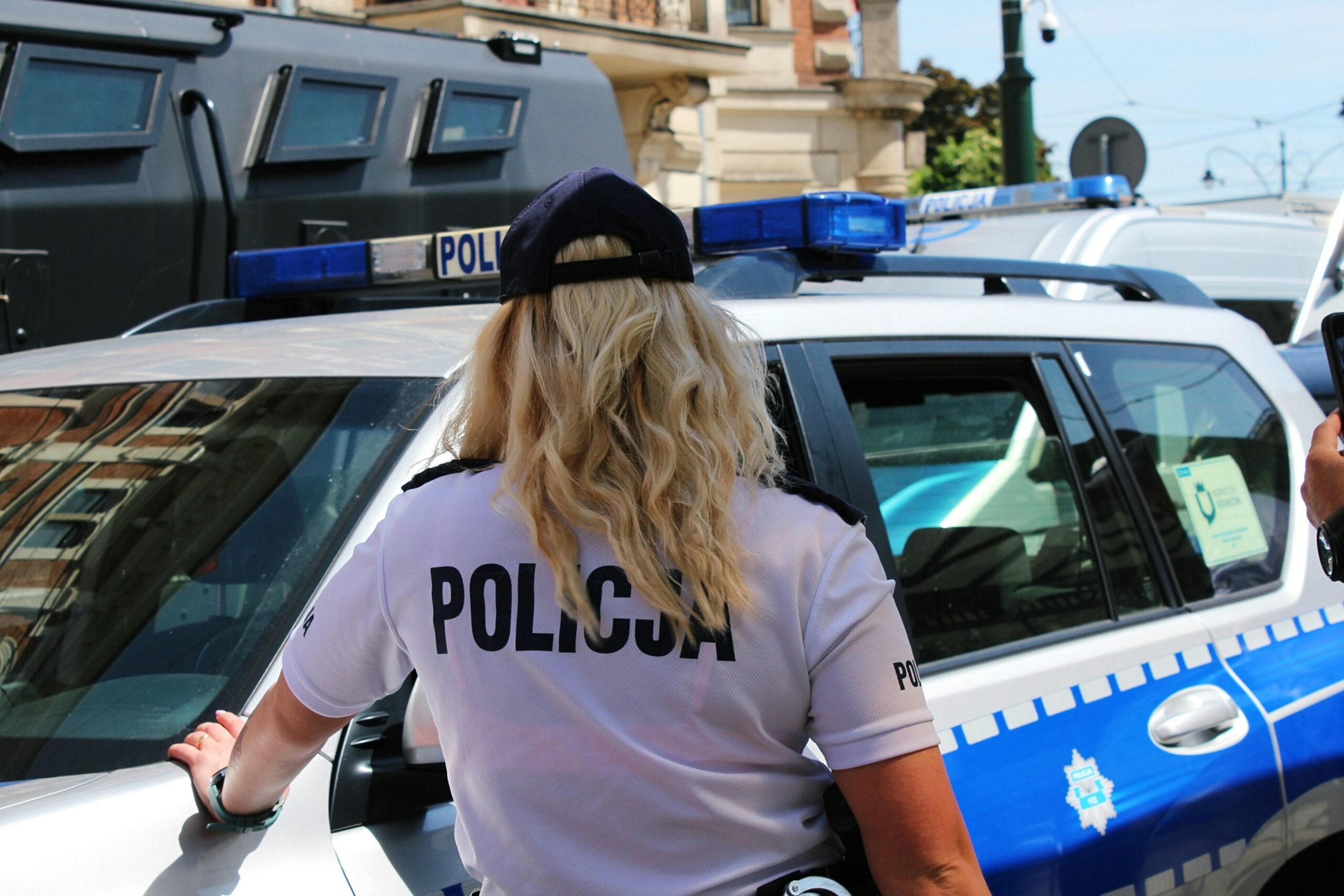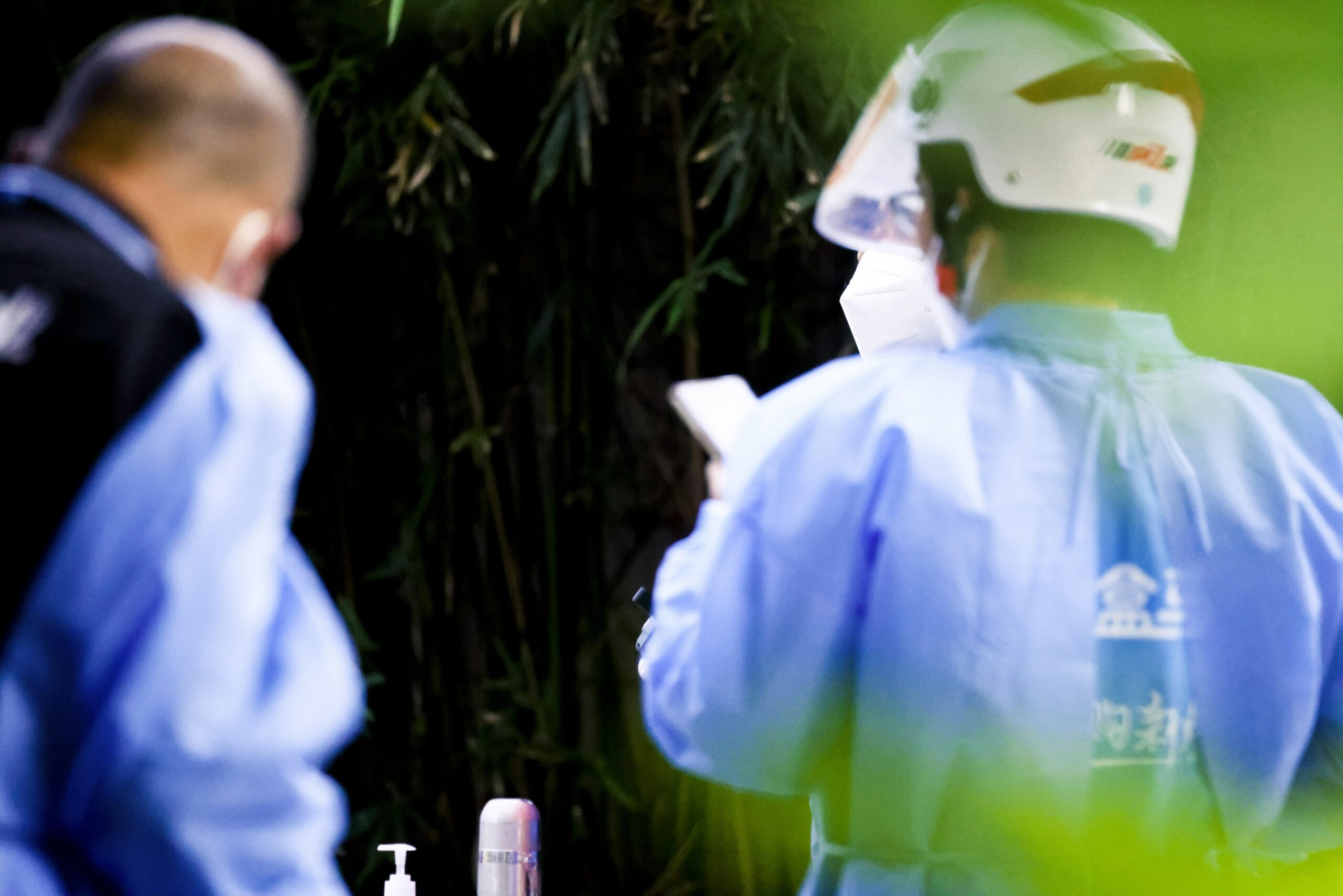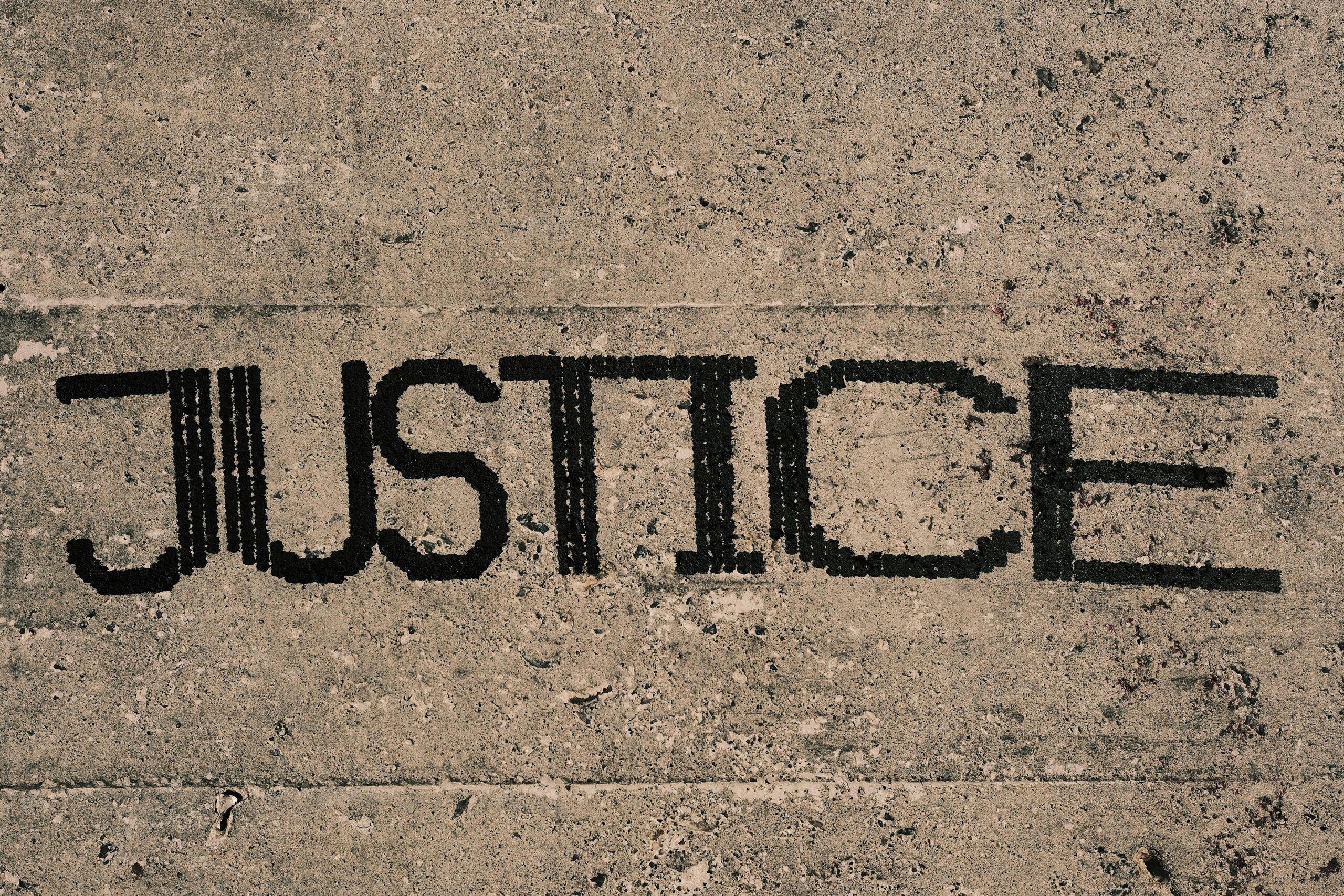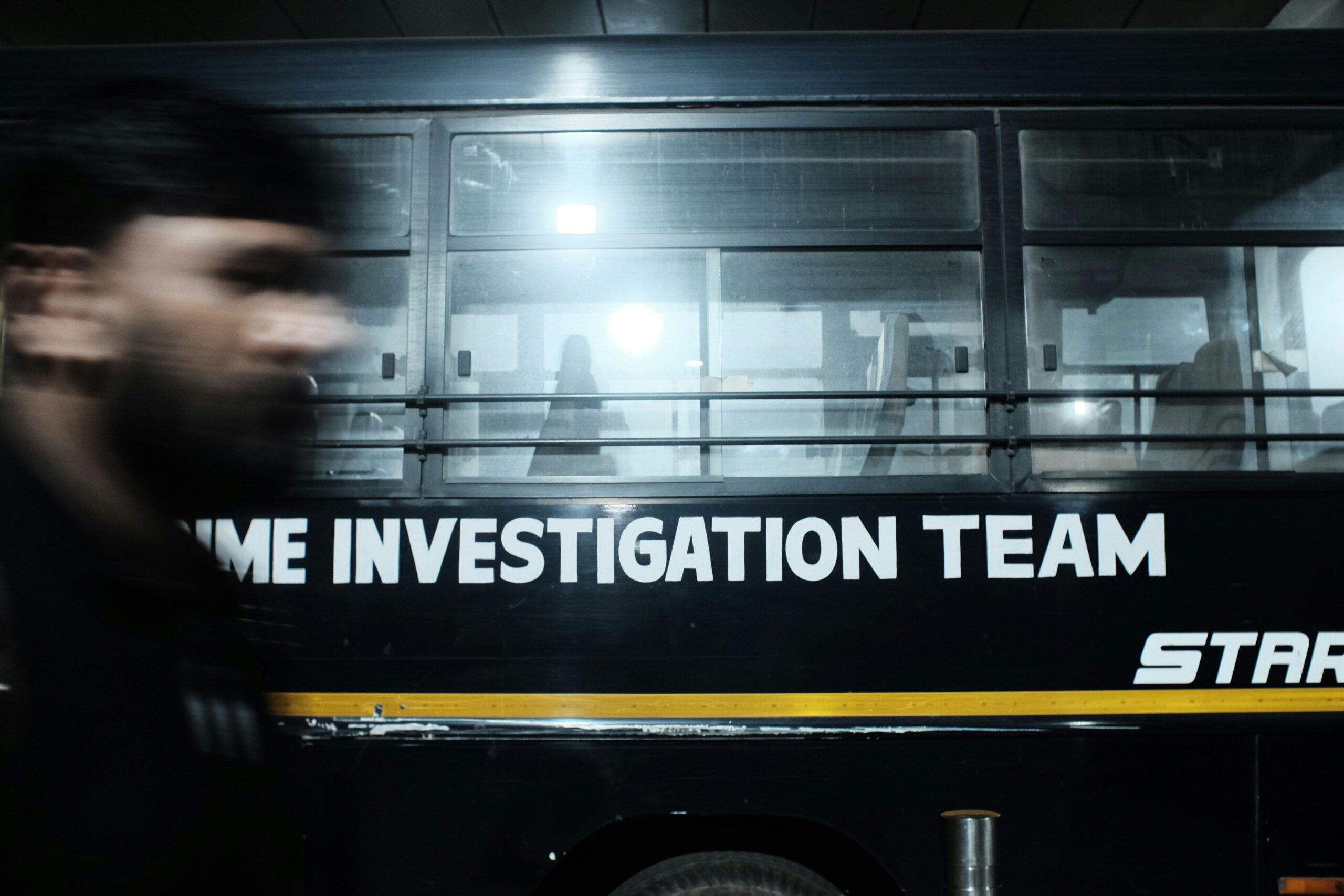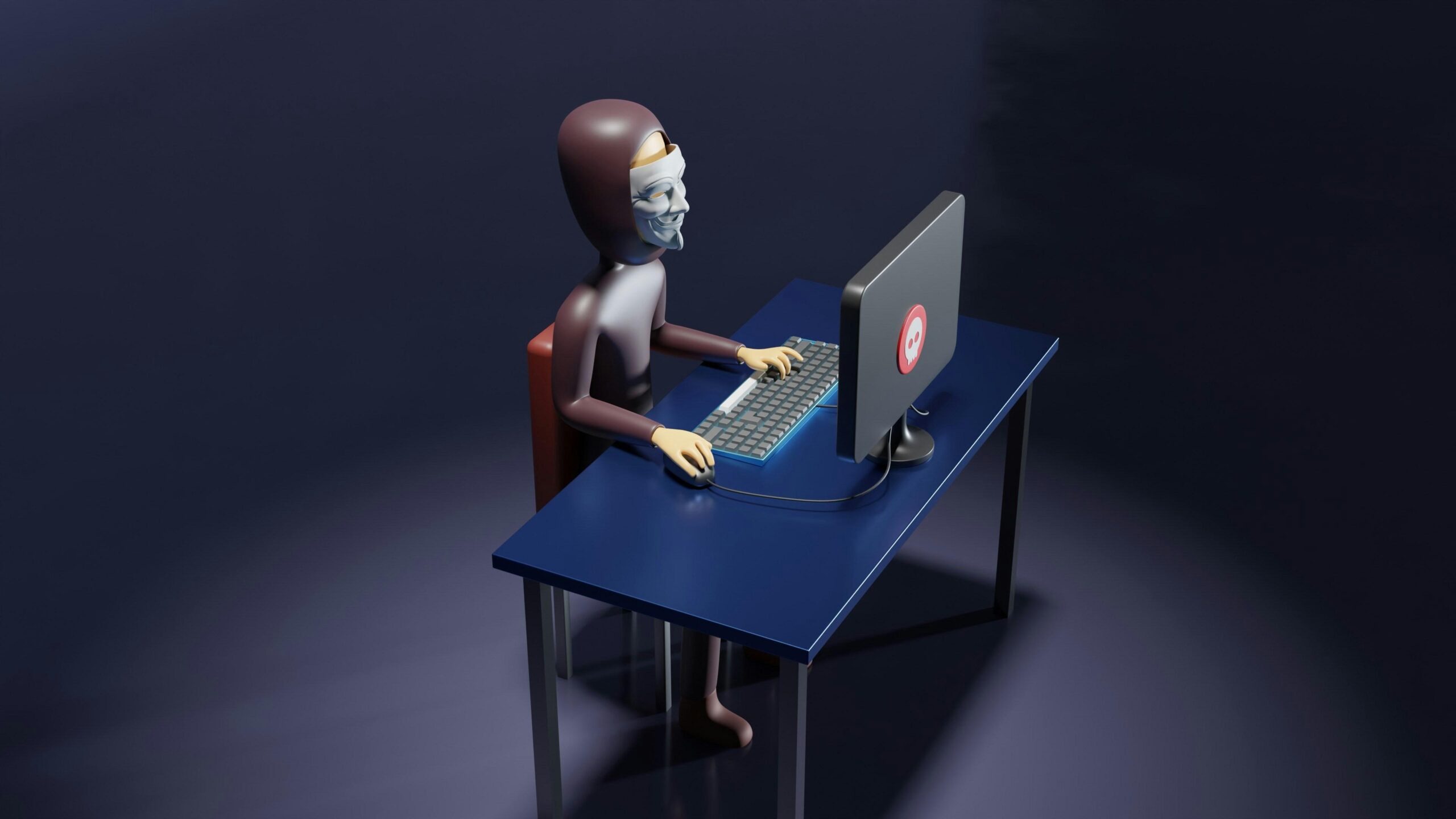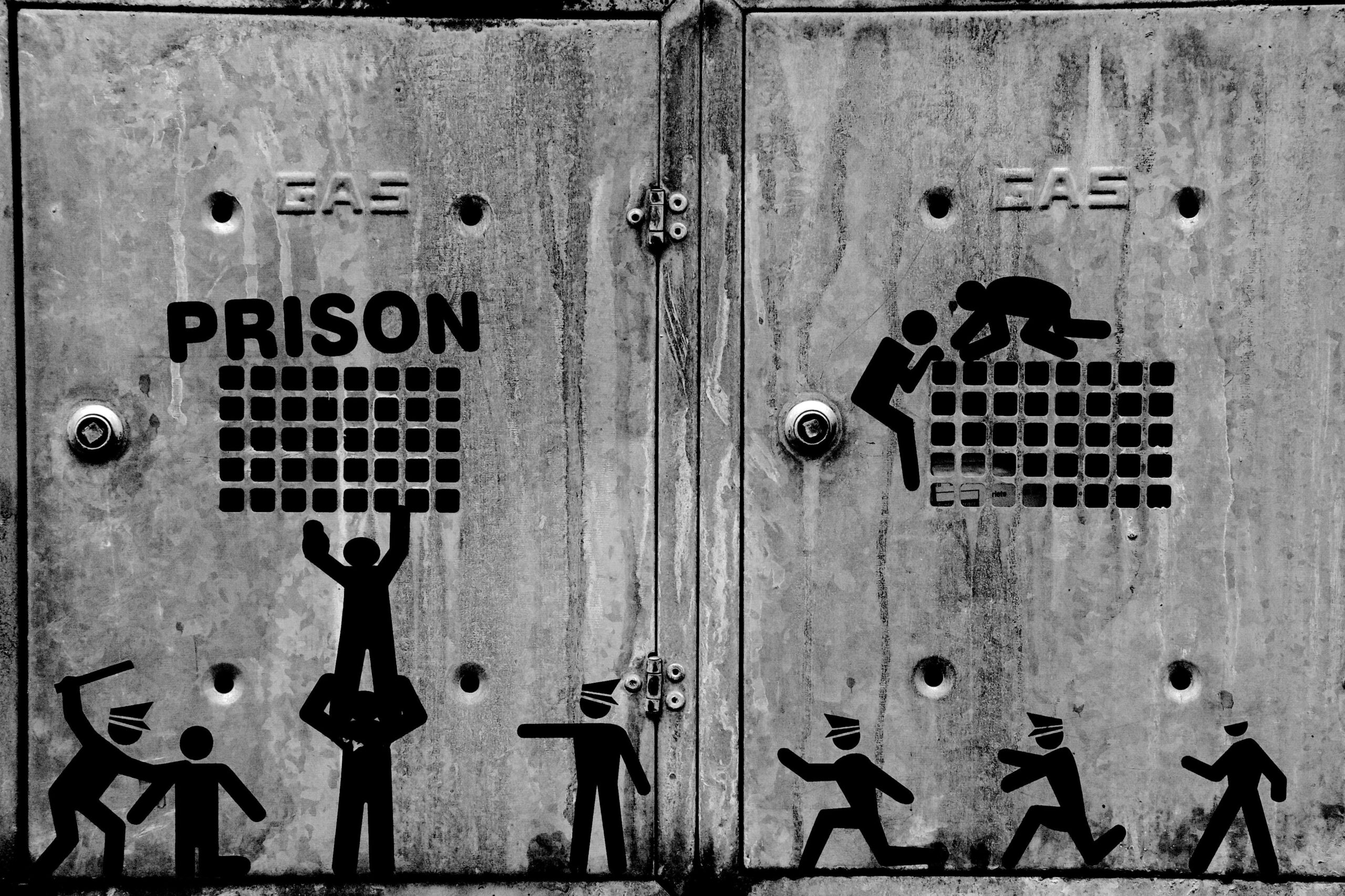Ever wondered what really goes on inside the mind of a detective? How do police officers piece together clues, separate fact from fiction, and crack cases that seem unsolvable? Criminal investigations often feel like scenes straight out of a mystery novel or crime drama, but behind the dramatics lies a fascinating blend of science, psychology, and sheer determination. In this blog, we’ll take a closer look at how criminal investigations actually work—unveiling the thought processes, techniques, and tools that help law enforcement get to the truth. Get ready to dive deep into the world of police work and see investigations from a whole new perspective!
Table of Contents
- Understanding the Psychological Puzzle Detectives Piece Together
- Decoding Evidence The Silent Language of Clues and Leads
- Behind the Scenes How Officers Build Trust and Break Down Barriers
- Sharpening Your Observation Skills Tips from Investigators on Seeing What Others Miss
- The Conclusion
Understanding the Psychological Puzzle Detectives Piece Together
Every detective must step into the labyrinth of human behavior, piecing together clues that often lie beneath the surface of a crime scene. It’s not just about evidence; it’s about interpreting the unspoken motives, hidden fears, and subconscious drives that led to a crime. Psychological profiling becomes a powerful tool, enabling investigators to build a mental map of the offender’s mindset—often revealing patterns that are invisible to the naked eye. This process involves an intricate dance between observation, intuition, and hard science, where detectives sift through testimony, body language, and past behavior to unlock the story behind the crime.
At the heart of this mental puzzle are core psychological principles, such as:
- Cognitive biases: Detectives are trained to recognize how perception can be misleading, ensuring they don’t fall prey to assumptions.
- Behavioral analysis: Examining actions for consistency and anomalies that hint at guilt or innocence.
- Emotional intelligence: Understanding the emotional state of witnesses and suspects to extract authentic information.
By weaving together these threads, police turn abstract human complexities into concrete investigative strategies—transforming chaos into clarity and mystery into meaning.
Decoding Evidence The Silent Language of Clues and Leads
Every object, mark, or even silence at a crime scene is a piece of a complex puzzle. Detectives delve deep into the subtle language of evidence, understanding that each clue holds a story waiting to be told. From a faint fingerprint smudged on a windowpane to the unusual pattern of footprints in the mud, these elements do not just exist — they communicate. They narrate the sequence of events, spotlight potential suspects, and sometimes even reveal the emotional state of those involved. Learning to interpret this silent language requires patience, keen observation, and a mindset trained to think several steps ahead.
Investigators employ a blend of scientific methods and intuitive reasoning to transform raw clues into meaningful leads. They meticulously document and analyze evidence with tools like forensic labs, databases, and specialized software, but the intuition built from experience often guides the path forward. Key facets of this decoding process include:
- Contextual Analysis — Understanding the environment and the circumstances surrounding each clue.
- Pattern Recognition — Identifying recurring elements that might link different incidents or suspects.
- Cross-referencing Data — Correlating evidence with witness statements, prior records, and known criminal behaviors.
- Hypothesis Testing — Formulating and verifying theories to explain the collected clues logically and coherently.
Behind the Scenes How Officers Build Trust and Break Down Barriers
Trust is the invisible thread that connects officers to the communities they serve, yet building it requires much more than just uniformed presence. Officers actively engage in open dialogue, empathetic listening, and consistent transparency to chip away at long-standing barriers. They don’t just enforce the law—they become familiar faces in neighborhoods, attending community events and collaborating with local leaders to humanize their role. This approach encourages citizens to approach officers as allies rather than adversaries, fostering an environment where information flows more freely and cooperation becomes the norm.
Breaking down barriers also means challenging preconceived notions on both sides. Officers often participate in cultural competence training and immersive community programs that allow them to better understand diverse perspectives. They rely on strategies such as:
- Building rapport through informal interactions that establish familiarity beyond the badge
- Mediating conflicts with patience and impartiality to show fairness in action
- Leveraging neighborhood feedback to adapt policing methods to specific community needs
- Maintaining presence with humility rather than authority alone, making officers approachable
These behind-the-scenes efforts create a foundation where law enforcement becomes a partner in safety rather than a distant force, essential for solving cases that hinge on community cooperation.
Sharpening Your Observation Skills Tips from Investigators on Seeing What Others Miss
Mastering the art of observation is less about having photographic memory and more about cultivating deliberate attention to detail. Investigators spend years refining the habit of noticing what most people overlook. This means training your senses to pause, absorb, and analyze. Simple shifts, like actively cataloging your surroundings or mentally noting inconsistencies in everyday scenes, can revolutionize the way you process information.
Experts recommend practical exercises such as:
- Regularly describing scenes in detail without distractions
- Practicing mindful observation during routine activities
- Questioning initial assumptions to uncover hidden clues
- Engaging in memory drills that involve recalling minor details
By honing these techniques, you’ll start uncovering layers of information others miss, turning everyday observations into powerful investigative tools. The key isn’t just seeing—it’s about seeing smart.
The Conclusion
Peeling back the layers of criminal investigations reveals a world where intuition meets method, and every clue holds a story waiting to be uncovered. Exploring the minds of police officers on these cases shows us just how complex—and fascinating—the pursuit of justice can be. Next time you catch a crime drama or hear about a breakthrough case, remember the intricate dance of observation, analysis, and persistence happening behind the scenes. After all, understanding how investigations work brings us one step closer to appreciating the dedication it takes to solve the mysteries that keep our communities safe. Stay curious!


